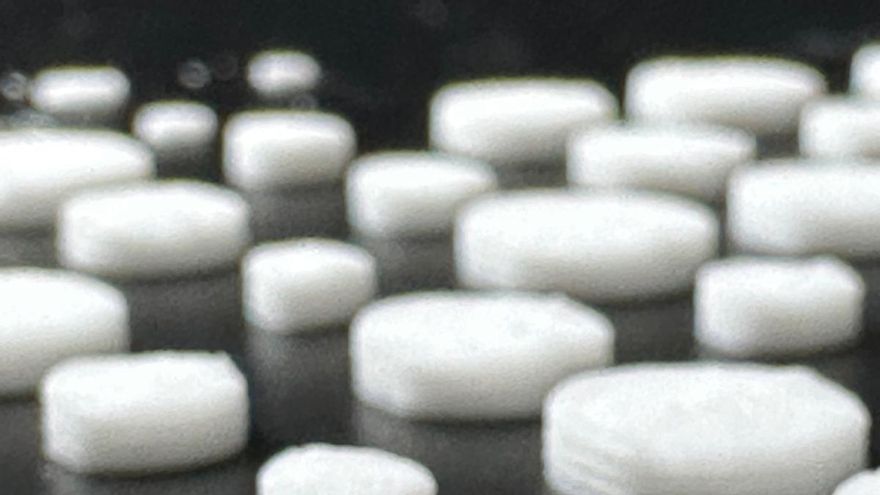
An invention featuring canary DNA has emerged as a key component in the groundbreaking technique of 3D printing of medications. A small plunger developed at the University of La Laguna is responsible for monitoring the quality of the pharmaceuticals produced via this innovative technology.
3D printing is currently in the early stages of implementation, but it holds the potential to transform personalised treatments and is beginning to carve a niche within the pharmaceutical sector and pharmacies, while awaiting a regulation that would enable the utilisation of this technology without hindrances and to ensure maximum safety.
Leading this advancement is Eduardo Diaz Torres, an industrial pharmacist at ULL, who is participating as a speaker this week at the XVII Congress of the Spanish Society of Industrial and Galenic Pharmacy held in Tenerife. This event will see researchers and esteemed professionals of both national and international renown discuss improvements in drug administration.
Díaz has been engaged in the 3D printing of medications. “This method enables us to produce more suitable doses of active ingredients for certain patients, such as children, women, or those who are vulnerable,” Díaz explains. These printers utilise a specialised ink that, while resembling the filament used in conventional 3D printers, are entirely distinct.
In this scenario, it is syringes filled with active ingredient that shape the compounds by expelling them with considerable force through their nozzle. This process allows for the creation of all sorts of forms, ranging from tablets to chewables “that enhance therapeutic compliance,” as the researcher notes.
Nevertheless, the syringe is not without its flaws. “The mixtures are semi-solid and necessitate a constant pressure; this can pose a challenge because if insufficient pressure is applied, a continuous flow of the mixture may not be achieved, leading to potential errors during printing,” Díaz emphasises.
To mitigate these challenges, Díaz opted to develop a plunger capable of identifying issues in the process in real-time: “With this patented device, you can ascertain if the nozzle is obstructed, if there is a loss of pressure, or even when there is air present in the syringe.”
An innovative leap
This patent, licensed in 2022, was impressively successful and soon gained the backing of what was then the sole company in Spain dedicated to 3D drug printing, FabRx. This startup, founded in 2014 by academics from University College London and based in the United Kingdom, had recently established operations in Santiago de Compostela, Galicia, and was seeking a means to ensure the quality of its processes. “I began collaborating with them shortly thereafter,” adds the researcher.
This advancement could be crucial for the progression of the technique. “The concept is for the pharmaceutical industry to produce the ink – known as pharmaink – and allow pharmacies and hospitals equipped with their own 3D printers to dispense the medication directly for individual patients,” he reveals. This would represent a significant shift in current practices, as the researcher insists. “Pharmacists could deposit the required amount of active ingredient into the capsule, thereby customising doses specifically for each patient without the need to fill them.”
However, such a scenario requires a regulation that has yet to be established. “The aim is for legislative progress to occur this year,” claims the researcher, who asserts that reaching a consensus to facilitate this is among the objectives of the ongoing professional congress in Tenerife. Legislation advances much more swiftly in the United Kingdom, but there are already some proposals from the European Union to ensure such developments proceed with appropriate safeguards in the coming years.
Subscribe to continue reading
















